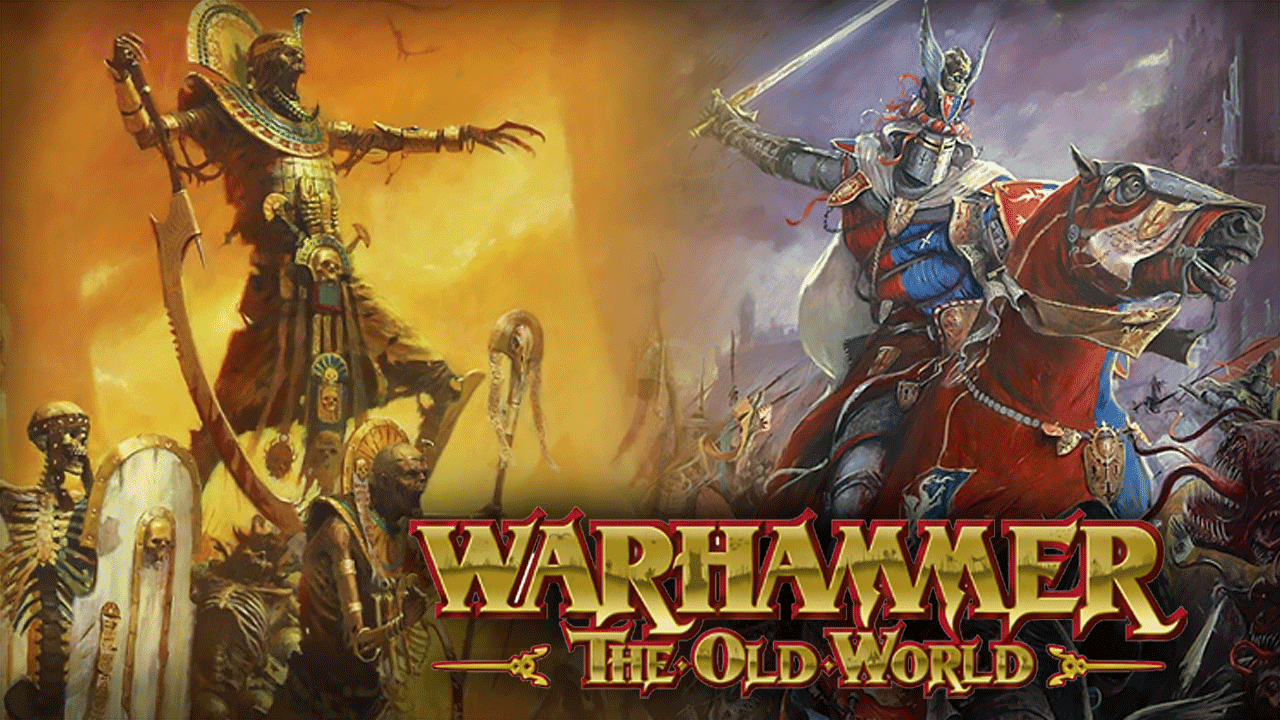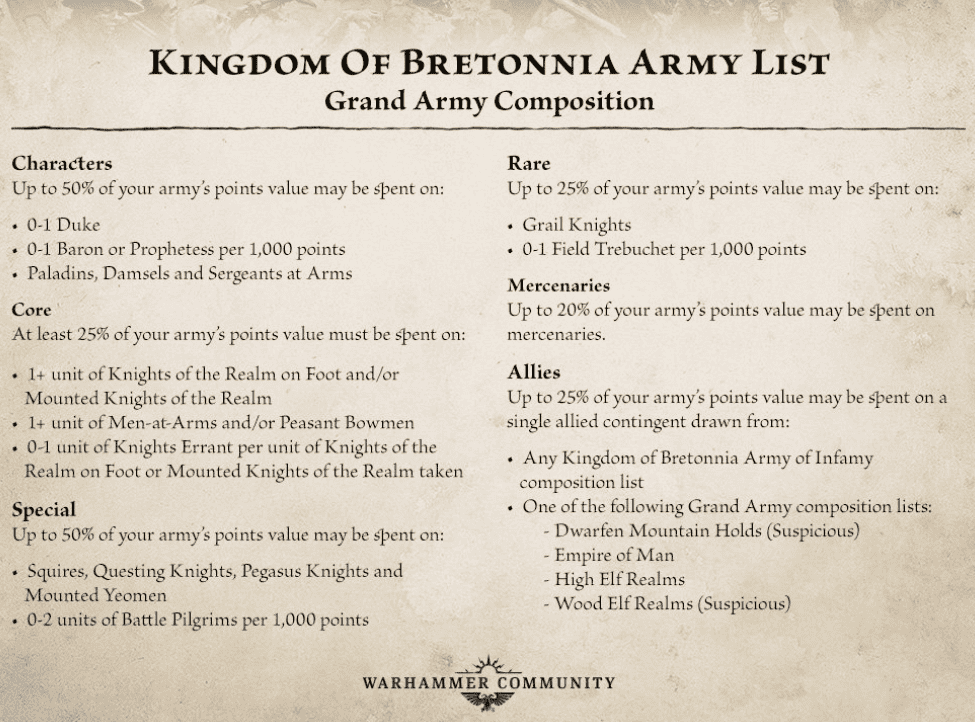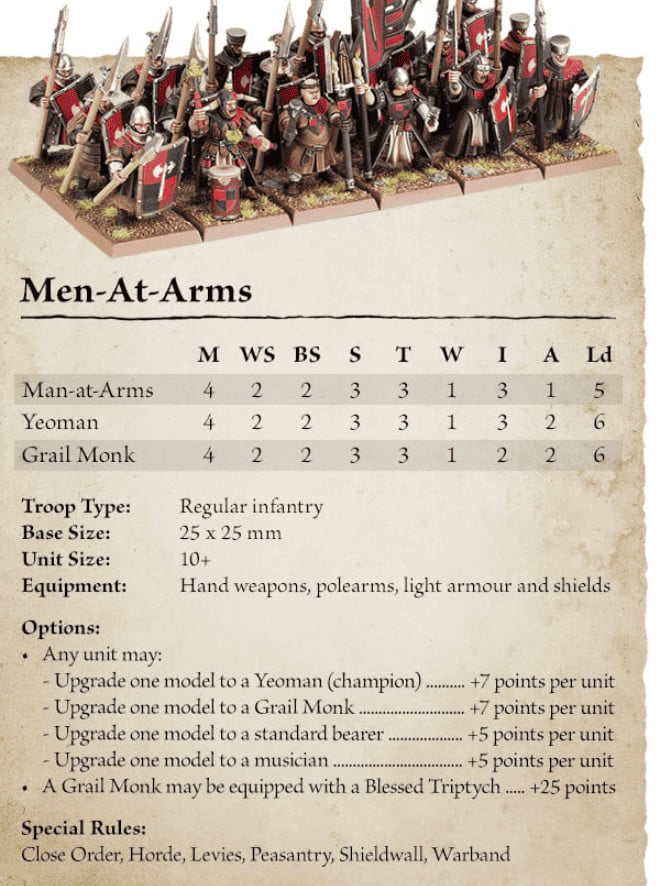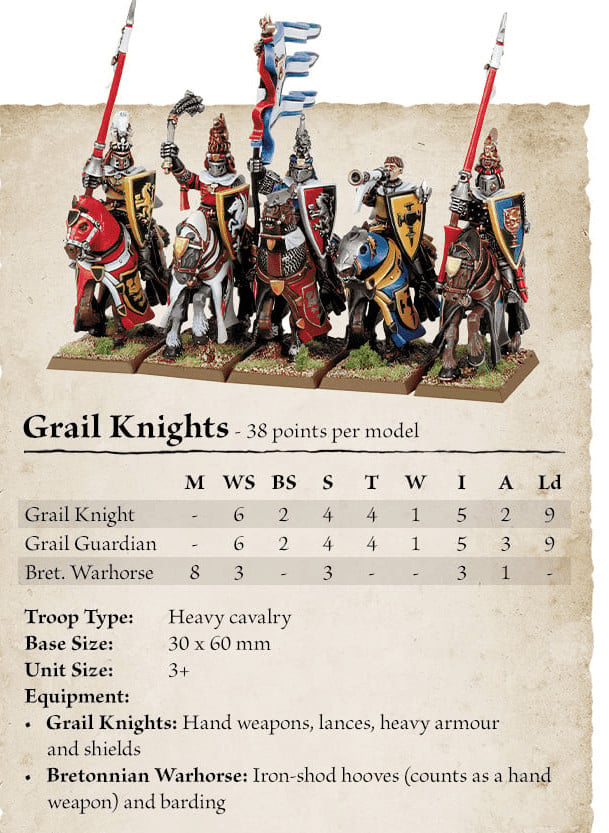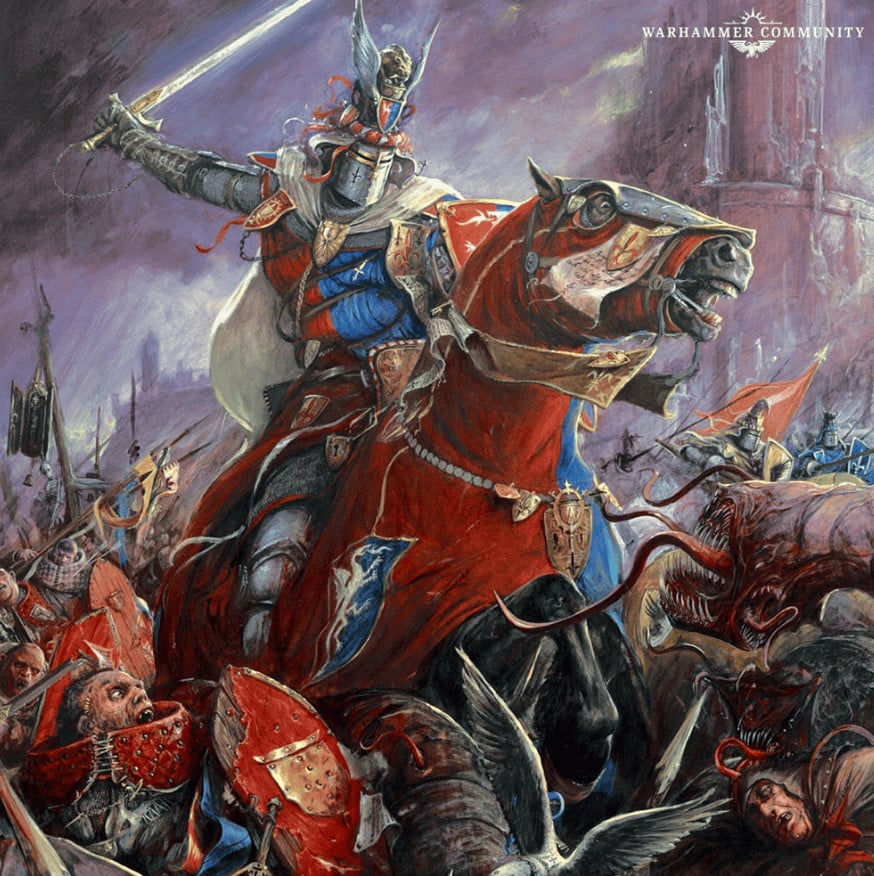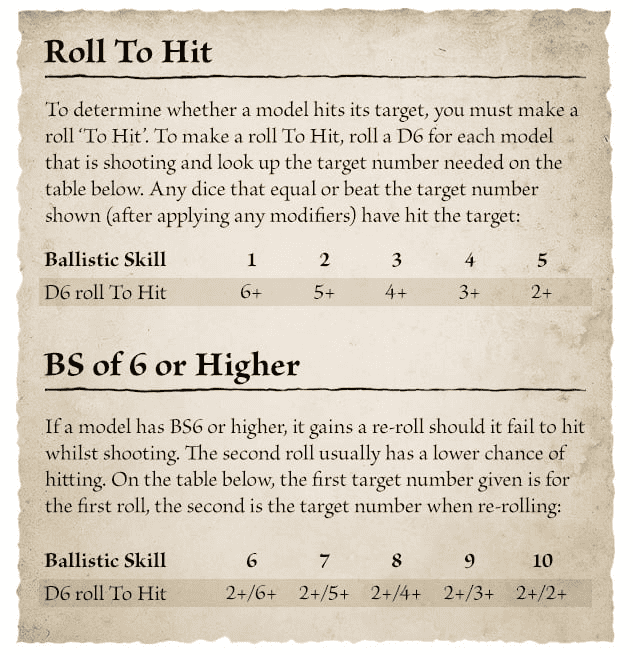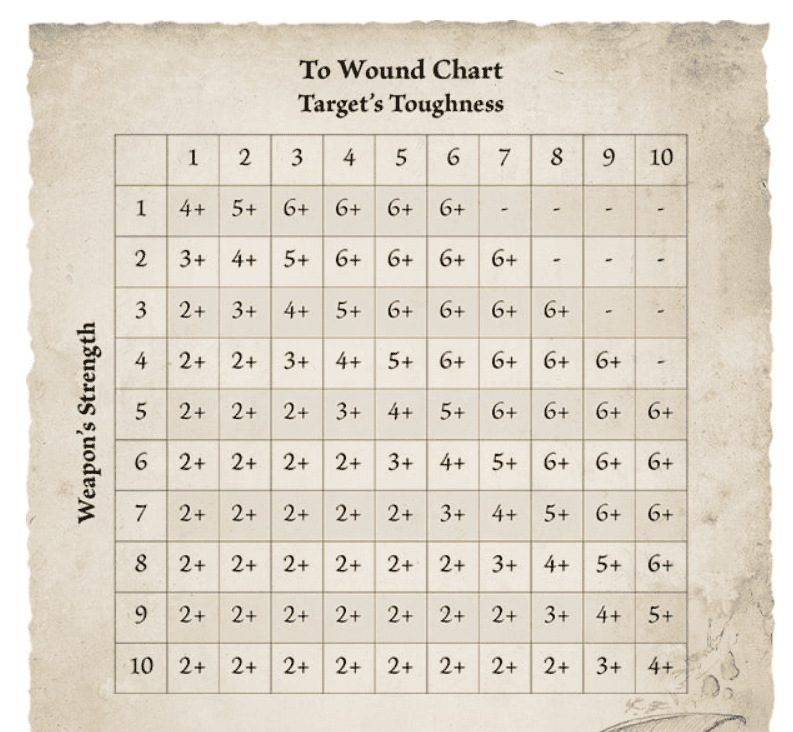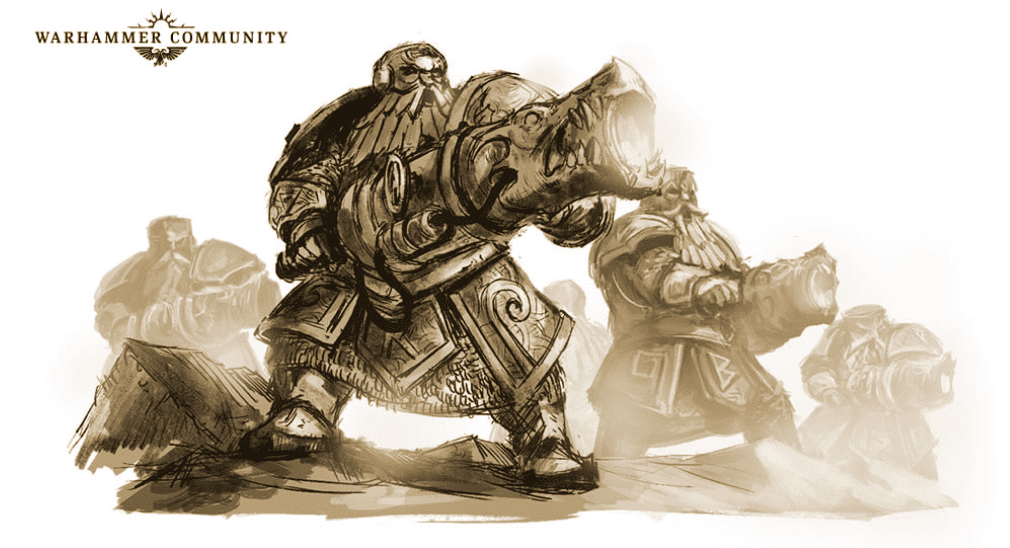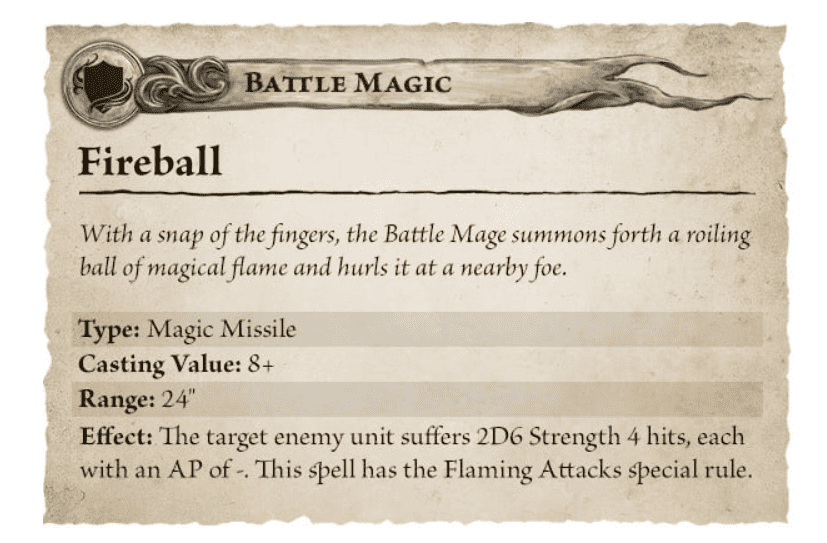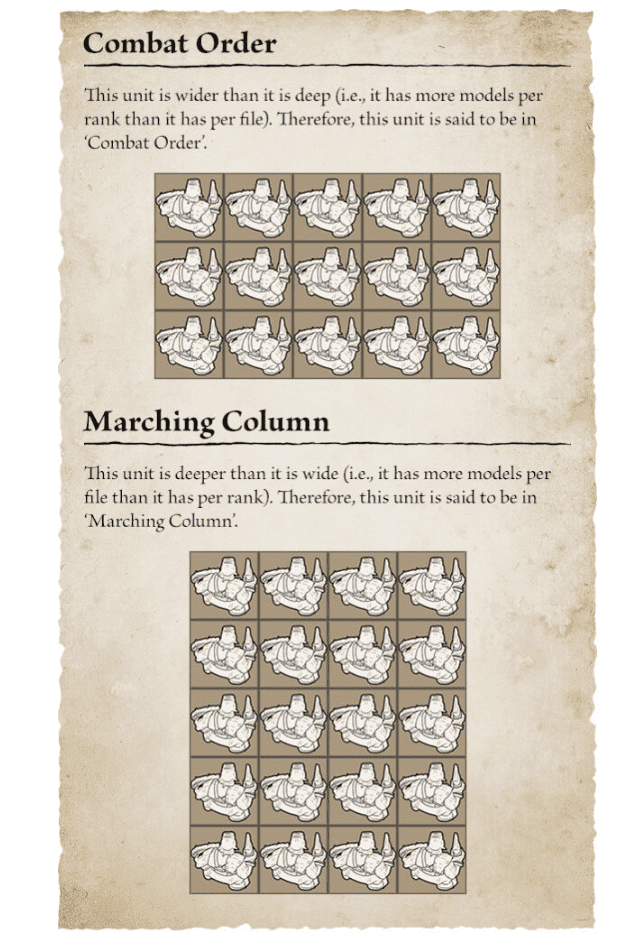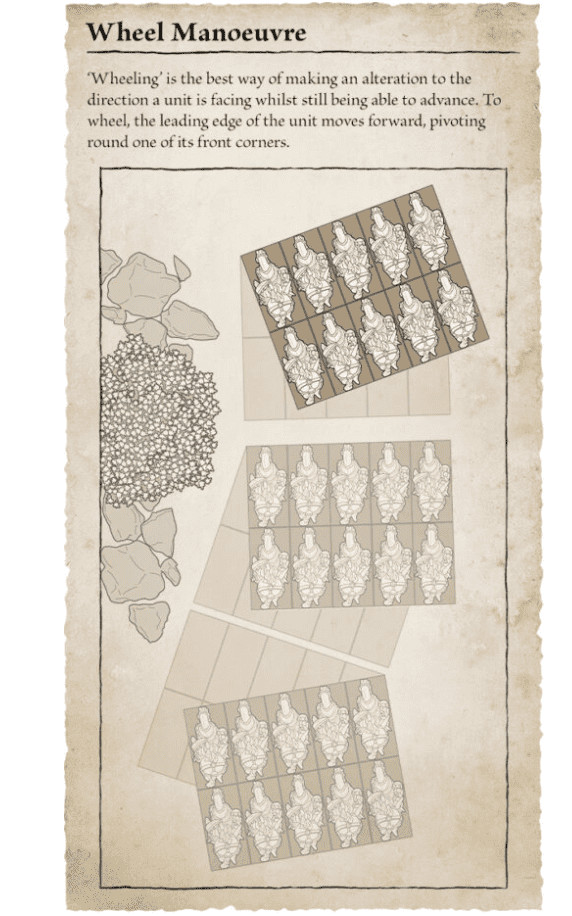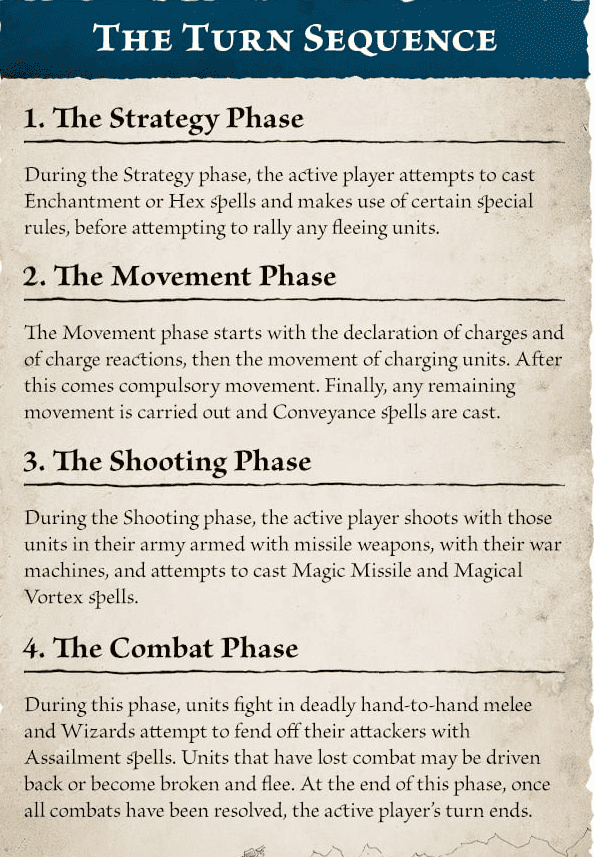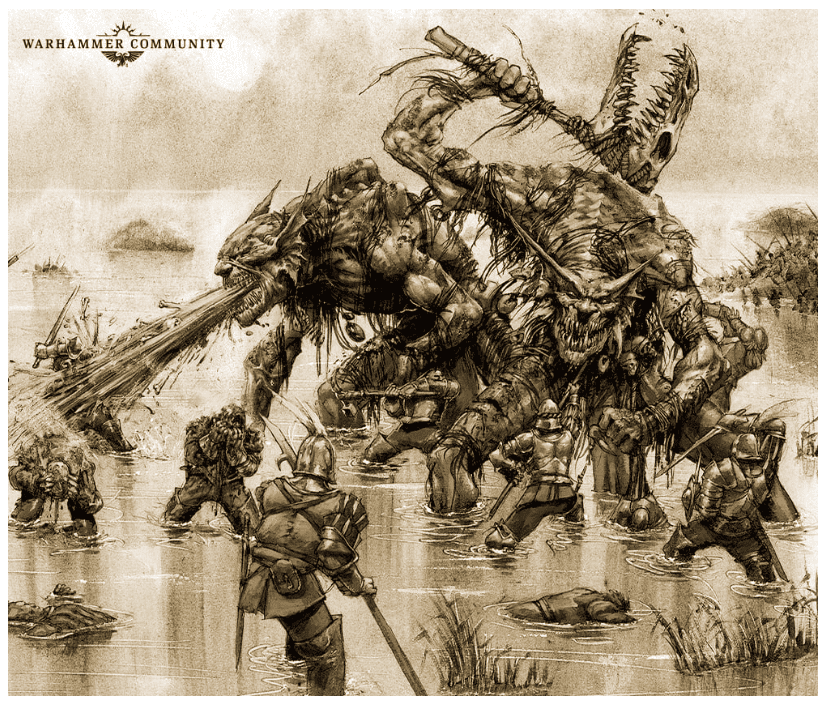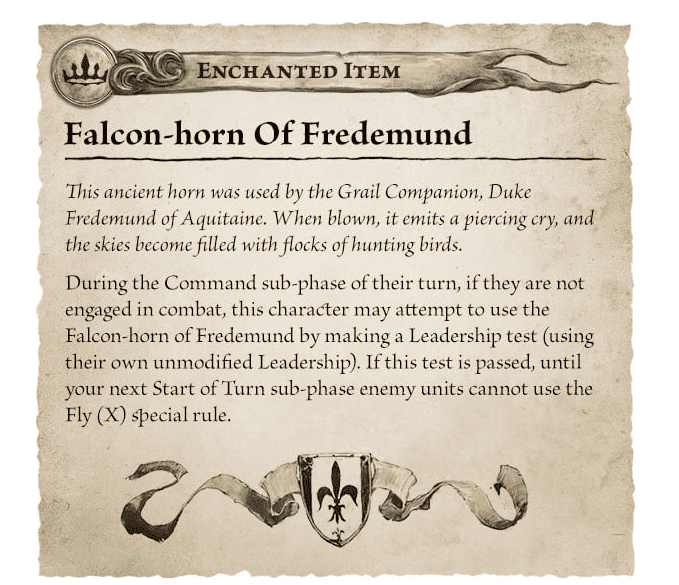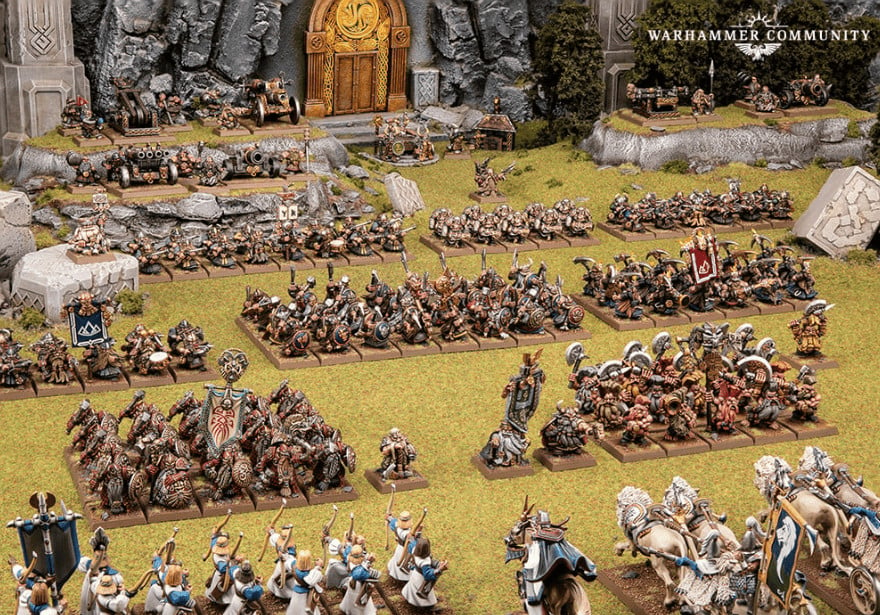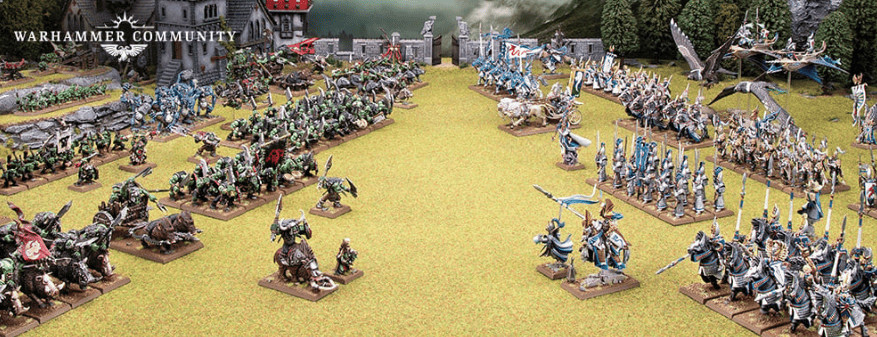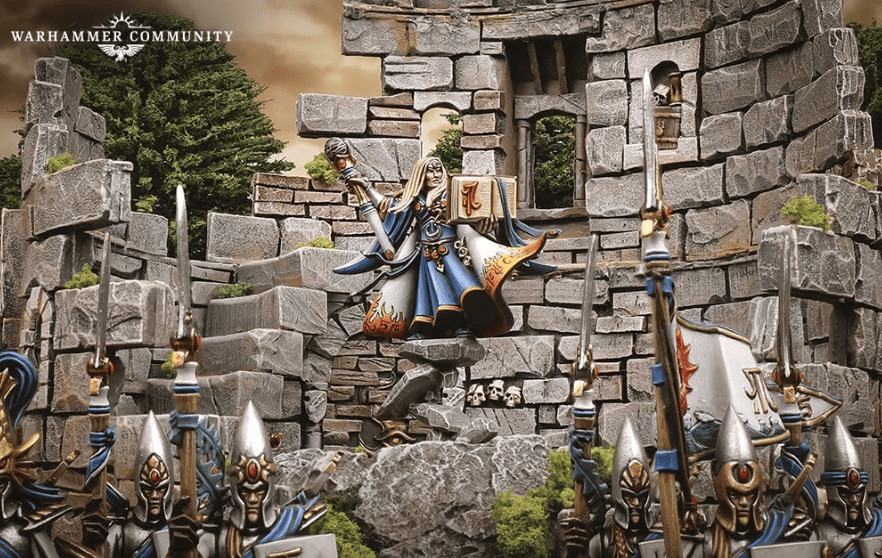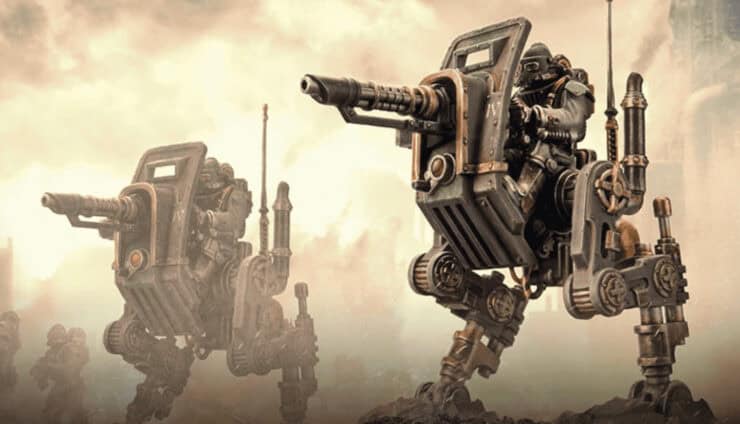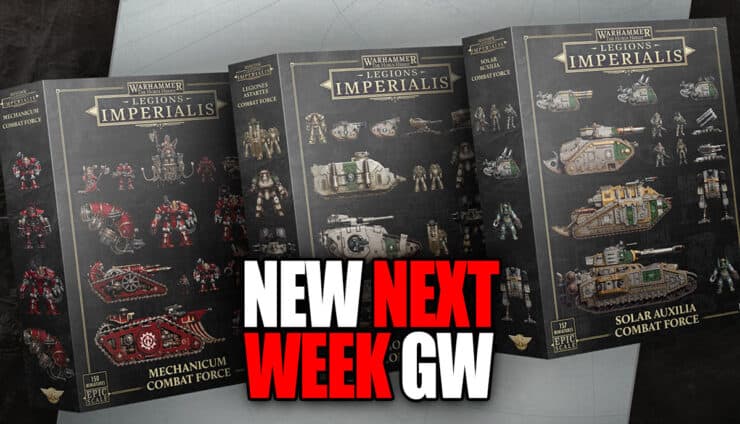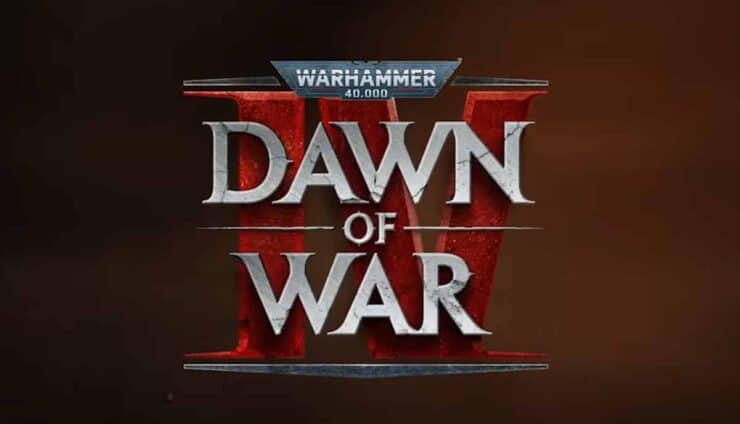Here’s the latest on the new Warhammer The Old World game, including all the rules, release date, and how to play the game!
Warhammer: The Old World, the highly anticipated upcoming tabletop game by Games Workshop, has garnered immense excitement among hobbyists. Positioned as a potential revival of Warhammer Fantasy Battle, the game has generated significant buzz since its initial announcement.
[ez-toc]
Warhammer The Old World Rules: Everything We Know
As one of the most highly anticipated tabletop games in recent memory, we’re excited to see how the game will revive the Warhammer Fantasy Battle franchise. With its immersive gameplay and rich lore, Warhammer: The Old World is sure to provide players new and old with an exciting new tabletop experience. In this article, we’ve compiled all the rules and how to play the game itself.
Recent Rules Articles
- How to Build an Army in Warhammer The Old World & New Bretonnia Rules!
- GW Reveals New Bretonnian Rules For Warhammer The Old World
- New Shooting Phase Mechanics Revealed: Warhammer The Old World
- How the Movement Phase Works In Warhammer Old World
- Huge Gameplay Details For Warhammer The Old World
- GW Confirms Old World Coming Soon & New Square Base Size
Free Warhammer The Old World Army Builder
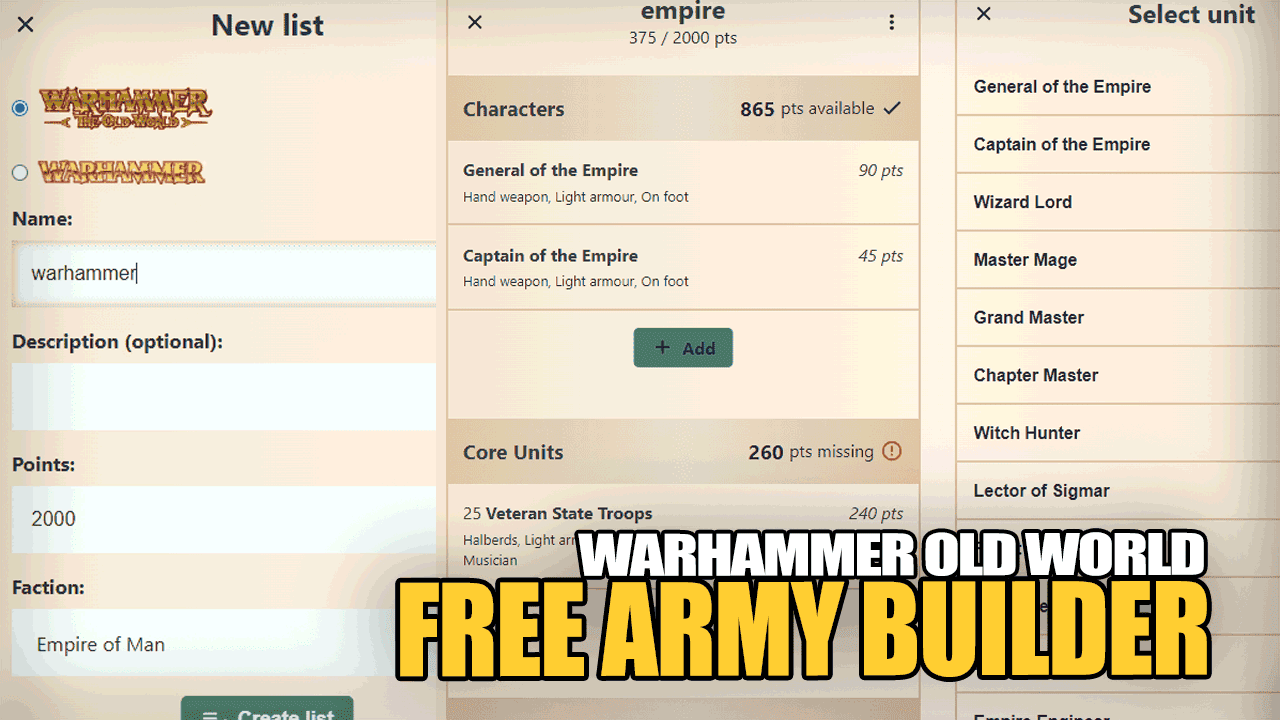
Free Warhammer The Old World Legacy Factions Rules Downloads
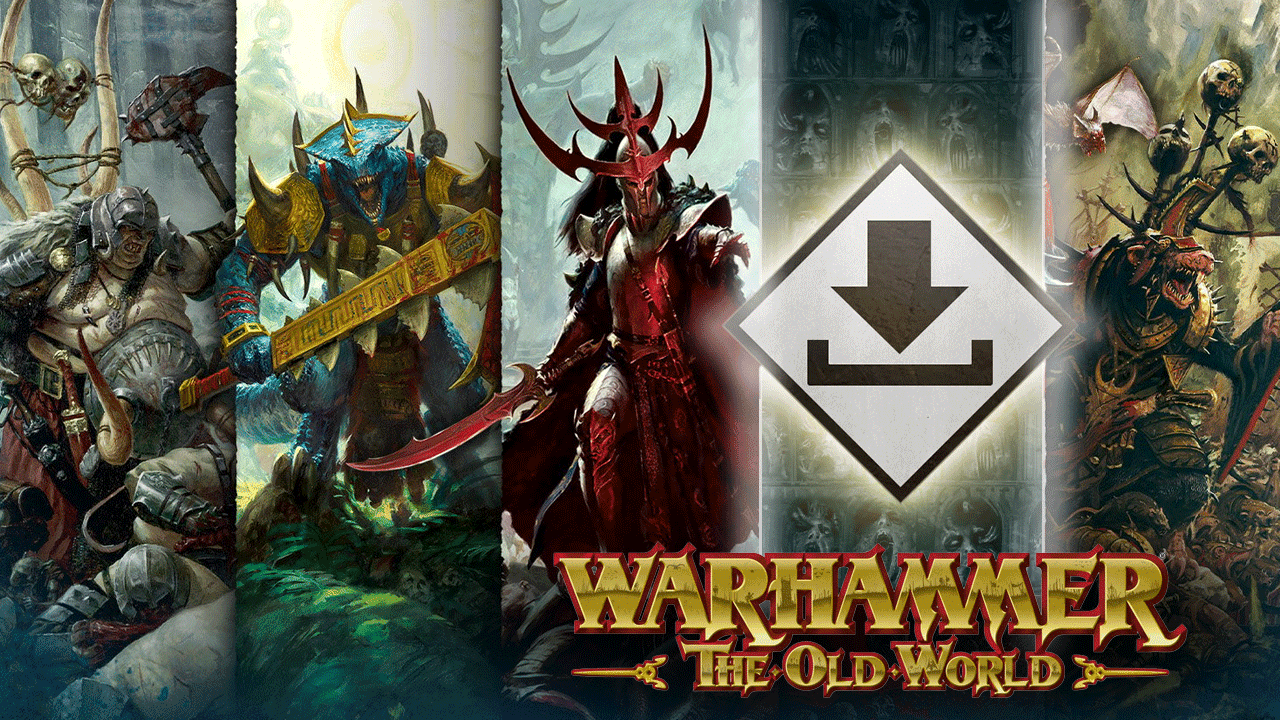
How To Play Warhammer The Old World
In addition to all the core rules below, there is also a great video on how to play Warhammer The Old World from Games Workshop.
How to Build an Army in Warhammer The Old World & New Bretonnia Rules!
The latest on how to build an army in Warhammer The Old World, along with even more new Bretonnian rules, come from Warhammer Community.
As they have always been in real life, armies in Warhammer: The Old World are selected according to a system of ‘points’. Games do not have recommended points values – as long as you’ve got a General and three Units, you have an army. However, 2,000 points per side will make for a substantial two-to-three-hour game – perhaps involving 100 or more models each.
Every faction* will have a Grand Army upon release – a balanced list of options from which you can pick a wide variety of units chosen from four categories shown above. There’s usually one page of stipulations, but the full range of units from each faction is available for selection.
It’s good to see the Army Composition chart return with core, special, and rare. This means you will have to have a lot of base troops to slog across the field.
Kingdom Bretonnia Army List Composition
There’s a lot here to unpack. Firstly, you can’t overload your army with powerful wizards and mighty heroes – Prophetesses and Barons are a rare occurrence, even in the armies of the king. There is, however, the flexibility to take characters of lower ranks: Paladins, Damsels, and Sergeants at Arms enjoy no such limits – and you’ll certainly want at least one Paladin for that free Battle Standard Bearer upgrade.
Otherwise, as long as 25% of your roster (500 points in a 2,000-point game) is spent on units listed as Core, and includes one unit of Knights of the Realm and another of peasant levies, army selection is very flexible. As you’d expect, Grail Knights and Field Trebuchets aren’t such a common sight, but at 38 points per model, +7 per champion, musician, and standard, you can just about cram two units of six Grail Knights into a 2,000-point army – perfect for any Duke who prefers to keep every single one of his eggs right there in one decorative basket.
Each army will have a slightly different setup from the looks of it. The thing that will be the same is how much you spend on different sections of your army. You must have one character and 25% of your army on core. After that, you can have up to 50% on special units, 25% rare, and 25% on allies. However, you can have suspicious allies, meaning they may not always work together perfectly.
Lords of Bretonnia Rules
Grognards may remember multiple ranks of heroes from previous editions of Warhammer Fantasy Battle, and those delineations are still present and correct. A Duke is a mighty warrior indeed – no time for feasting, issuing edicts, or sprawling decorously across your throne for these guys: every Bretonnian General is tremendously skilled at arms and as strong as a Troll.
It’s nice to see the tiers of heroes coming back. You can spend extra points to improve them or go with a more lowly Paladin. However, the Duke is quite powerful! They also have a massive number of options to pick from, which should make list-building really fun.
Options abound. You’ll note a choice of weaponry – these are taken from a larger menu of arms in the main rulebook. A morning star adds +1 Strength and -1AP in the first round of combat, and a great weapon doubles those bonuses but makes you Strike Last. A lance adds similar bonuses, though only on the charge, while a shield improves your armour save by +1.
We’ll gloss over those Knightly Virtues for now – suffice it to say there are two pages of ‘em, and they’re great. But wouldn’t you like to know about the mounts? Well, guess who’s back…
Two pages of Knightly Virtues will give you some serious choices. Of course, you can take some fantastic mounts! They will now add extra wounds to your character or even add a lot of punch.
Men-At-Arms Rules
At the other end of the martial scale are the Men-At-Arms. What they lack in combat prowess, they also lack in bravery, equipment, and chivalric acumen. On the other hand, they’re very cheap.
The Grail Monk functions as a kind of second champion, whose Blessed Triptych will inevitably prove very useful – it grants the whole unit Stubborn, so the first time they are required to take a Break Test they don’t need to risk a dice roll. Instead, they Fall Back in Good Order. Combined with Shieldwall (which allows them to Give Ground instead of Falling Back) they’re capable of stealing the impetus from even the heaviest cavalry.
These have some pretty interesting special rules, and while they don’t have a ton of combat power, they should be able to hold up the enemy to set up a thunderous charge from your knights!
Bretonnian Grail Knights & Lance Rules
The new rules come from Warhammer Community.
The Grail Knights are the epitome of the Bretonnian ideal of chivalry, warriors of immeasurable prowess and exemplars of courage, virtue, and noblesse oblige. Arguably the most devastating heavy cavalry plying their trade in the Old World, these are literally the last living saints your average devotee of the Dark Gods wants to meet out on the battlefield.
As you can see, with a Weapon Skill of 6, 5 Initiative, and 2 Attacks, this band of brothers are a truly terrifying proposition – but their stats aren’t the full story. With heavy armour, shields, and barded Bretonnian Warhorses, they have a save of 3+, while the lances give them +2 Strength on the turn they charged, and Armour Bane (1).
They are quite strong, and if you can get a charge off them, you will dish out some severe damage! Then, with a 3+ save, they should be pretty hard to take out. But they have the points to go along with it, as 38 points a model is quite expensive.
This is a Universal Special Rule (USR), just one of about 75 in the game. This seems like a lot at first glance, but this new system simply collates a lot of special rules that once lived in several places – things like Psychology, unit coherence, or Monster rules.
It will be nice to have all the rules in one place, but for the Bretonnians, lances will be quite strong with extra strength, AP, and Armour Bane.
Close Order is Rank & File Now
Close Order is a good example. In the past, you just had to know that units that weren’t skirmishers or fast cavalry operated in ranks and files – what we now know as close order. Now every unit has all its formations listed as a USR, calling this out and clarifying. Likewise, Stomp attacks were once listed under the Monster rules, but now as a USR it’s possible to be more deliberate with which monsters have the rule, and which don’t. And it’s also easier to remember you’ve got a Stomp in the first place!
It should hopefully be easy to see all the rules now with how they are setting everything up. But hey, anything that confirms blocks of units once again is good in our book.
Shooting Phase Mechanics:
The latest news on the Shooting Phase for Warhammer The Old World mechanics comes from Warhammer Community.
As with the other phases, the Shooting Phase is broken into four steps which you follow in turn for each unit: Declare Targets, Roll to Hit, Roll to Wound, and Remove Casualties. Everyone and everything shoots in this phase, whether they’re lowly peasant bowmen and barbarian javelineers, a macabre Khemrian screaming skull catapult, or a High Elven mage manifesting a Fiery Convocation.
First, pick a unit and declare its target. A unit can only shoot if it has a ranged weapon, hasn’t marched or charged that turn, and isn’t fleeing or in combat. To shoot, a model must have line of sight to its target and you can’t split fire – so in some cases, not every member of a unit can let loose. Models can (almost always) shoot only once, no matter how many Attacks they have in their profile, and unless they have the Volley Fire special rule or are stationed on a hill, only the front rank may fire.
Nothing too crazy yet, except you can’t split fire or shoot if you marched or charged. However, it looks like Volley is returning, and they will use AP! For Longbows, the profile looks pretty similar, and the Screaming Skull Catapult uses the 3″ Blast Template with plenty of special rules and extra wounds if you can hit them with the center.
Hit Subphase
Once a target has been chosen, it’s time to roll To Hit. Here’s the big news: old-style Ballistic Skill, or BS as it is on the profile, is back, and it runs from 1 to 10. The higher your BS, the easier it is to bullseye your target, and once models reach a BS of 6 or more, they start earning rerolls on their missed shots.
Now, the higher your BS, the more you can get free re-rolls! If you have even 6 BS (probably not very often), you roll to hit on a 2+ to start, then a 6+ on your re-roll.
Of course, it’s not always as easy as that – there are various negative modifiers to your shooting: it’s -1 to hit if you’ve moved, you’re at long range, you’re receiving a charge, or if the target has partial cover. On top of that, a natural one always misses, while negative modifiers can stack past 6+, and you may find yourself having to roll 7+, 8+, or 9+ to hit (a natural six followed by another roll of 4+, 5+, or 6+!).
It also looks like they are bringing back the 7+ to hit mechanic, meaning you have to roll a six followed by following higher numbers.
Wounding
There’s more old-school goodness in the next step, in which you roll To Wound by comparing the Strength of the Attack against the Toughness of the target. There are even Toughness caps – a Strength 3 bow is simply too weak to harm a beast of Toughness 9.
Small arms fire can’t even harm big monsters, which is pretty interesting, and there are no 7+ to wound rolls, only to hit. Also, note it’s not 2x toughness for 6s; it’s two more toughness. You can’t wound something that has 2x Toughness +2.
Shooting Phase Warhammer Old World: Saving Throws
It wouldn’t be Warhammer without a saving throw, which your opponent will make during this step. It’s a familiar process: compare the Armour Penetration of the weapon with the armour value of the model it’s hitting. Light armour grants a 6+ save and heavy armour a 5+, which can be boosted with a shield, a barded mount, and certain spells and magical items. There is a small difference, however, as models can also have a Ward Save. This cannot be modified by AP, and it is rolled for as a separate save made after the armour roll has failed.
It’s good to see the light armor, heavy armor, and shield idea. It makes the game easy; if you have a shield and heavy, you get a 4+; if you add a mount, you get even better saves.
The final step is to remove casualties and take panic tests where necessary. This is super simple – remove one model for every Wound caused, unless the target has more than one Wound. You know the drill. You’ll need to take a panic test if the shooting has killed more than a quarter of the models in a unit – but we’ll get to what happens then in another article.
Then, you just take off the models who died and take panic tests if you need to. However, they did give some more info on other special rules.
There are plenty of weird and wonderful shooting units in Warhammer: The Old World, and a plethora of special rules to go with them. Big beasties have Breath Weapons, some skirmish cavalry can Fire & Flee, while Dwarfen Irondrakes have cinderblast bombs that can Quick Shot. Wouldn’t you like to know…
Magic in the Shooting Phase
As for magic, there are two categories of spells to be fired off in the Shooting Phase – Magic Missiles and Magical Vortexes. Human wizards using Battle Magic can, for instance, blast off a quick fireball, while those blessed by the Dark Gods may use the Lore of Daemonology to conjure a Vortex of Chaos.
Fireball is a huge classic, so it’s good to see it return! You’ll need an 8+, but it’s worth it for 2d6 Strength 4 hits!
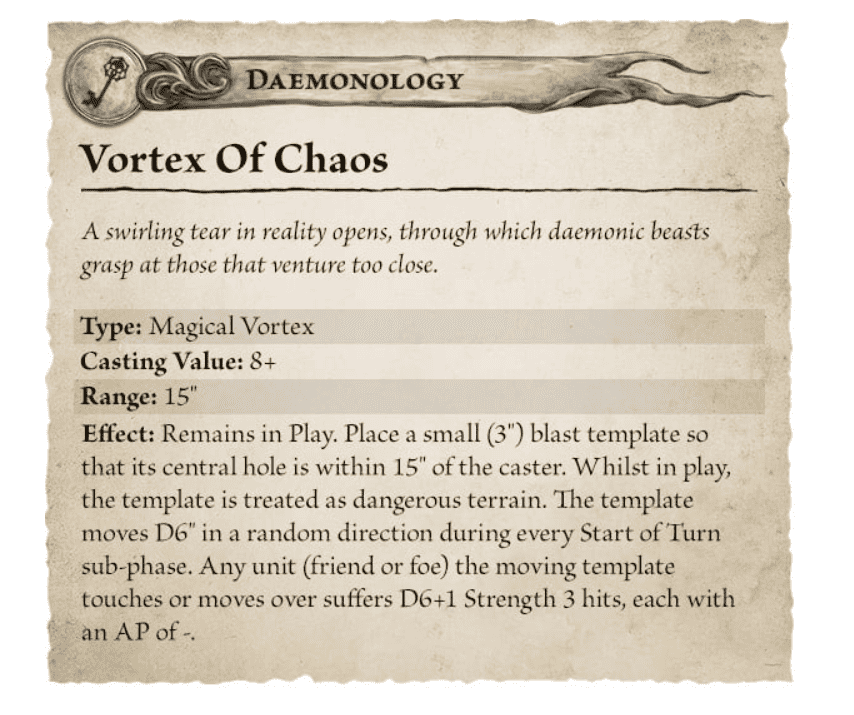
How the Movement Phase Works In Warhammer Old World:
The latest news for how the movement phase and rules work in Warhammer the Old World comes from Warhammer Community. Formations are one of the biggest changes this time around, so let’s look at that first!
All units in the game must adopt a formation, which will dictate how they act in battle, including moving and fighting. Most units can only adopt one: Close Order, though some can also choose options such as Skirmish or Open Order, and for Bretonnian Knights, the mighty Lance formation.
Close Order units are arrayed in base-to-base contact, facing the same direction in order to fight in ranks. Where possible, there must be the same number of models in each rank, with more models in the rank than the file,* which sometimes means leaving spaces in the back rank if necessary. They move and fight as a single entity – walking, wheeling, charging, and exposing their flanks and rears. The more full ranks you have, the greater your advantage in combat.
If you played the game before, this is nothing really new, as you got bonuses for having bigger ranks, but skirmishing makes moving around the table easier.
When they need to move rapidly, your units can adopt a Marching Column, reforming into a shape that’s deeper than it is wide. A unit formed in this way may not charge and earns no rank bonus in combat, but it can move at triple speed.
Units with the Skirmisher special rule do not need to rank up at all. So long as each model is within an inch of at least one of its comrades, they can fan out. They tend to be highly manoeuvrable, harrying enemy units with missile fire and hit-and-fade flank charges. Open Order units still fight in ranks, meanwhile, but they’re faster, more agile, and handle tough terrain better.
This is a new mechanic for moving, and if you need to make good time across the board, reform into a Marching Column!
The Movement Phase
The first of these is Declare Charges, in which the active player nominates each unit that they want to charge and their targets. Charging is the only way to enter combat, and there are a couple of caveats: the target must be visible to your unit and at least partially in its front arc, and your unit cannot be fleeing, rallied this turn, or already engaged in combat. You may, however, pre-measure the distance to your targets.
After all this, the inactive player declares Charge Reactions. Most units may Hold to receive the charge, Stand and Shoot if they have missile weapons and are further away than the charging unit’s Movement characteristic, or Flee by pivoting around 180 degrees and trying to escape. If you’re caught, however, you’ll be run down and destroyed! Beyond that, some especially alert units may Counter Charge…
The second step is to actually make your Charge Moves. To establish the range of their charge, units roll two dice, pick the highest score from the two and add it to their Movement characteristic. This means a unit of Skeleton Warriors has a charge range of between 5” and 10”, but Bretonnian Knights are rather more dangerous – their Swiftstride special rule adds an extra d6” to every charge they make.
It’s great to hear you can still react to charges! That’s such a big part of Fantasy, and it’s nice to see it stick around. Then, you get an extra D6 to your charge move, but if you are swift, you get an extra d6!
If you’re in range – accounting for wheeling – move the charging unit into base contact with its target, bringing the maximum number of models from both sides into combat. If you whiff the roll, however, the charge has failed. The unit must move the full distance rolled towards its target, but your warriors haven’t got the impetus to complete the charge and they’re now ripe to be hit back next turn!
However, be sure you can get the charge off, or you’ll just move forward and not hit anything!
Compulsory Moves
The third step accounts for Compulsory Moves. This is mostly to accommodate fleeing units that failed to rally during the last Strategy Phase, but it includes other rarer moves such as the Random Movement of Night Goblin Fanatics, or Stone Trolls who have failed their Stupidity test.
The fourth step covers the Remaining Moves – regular manoeuvres that don’t result in combat.
In Fantasy, if you’re fleeing, you don’t just stop! You keep running unless you can rally, and or some it makes the game more fun.
The Mechanics of Movement
As you’d expect from a game of multi-model units acting in concert, movement in Warhammer: The Old World is fairly involved. In general, units may Move or March, performing Manoeuvres on the way. In the first case, they move up to their Movement characteristic, and may then shoot later in the turn. In the latter case, they may double their pace but they sacrifice the ability to perform any manoeuvre more complex than a wheel, and their ability to shoot this turn, for speed.
While moving, a unit may Wheel, in which the unit pivots from one of the front corners of its leading edge, measuring distance from the outside model. You may also Turn all a unit’s models through 90 or 180 degrees, spending a quarter of your Movement for each 90 degrees, Move Backwards or Sideways at half pace, and Redress the Ranks or Reform.
Considering you’re fighting in big formation, you can’t just move all willy-nilly! You have to wheel around terrain and use up those precious inches to make it where you need to go. It looks like things will be pretty similar to the old system, which is great for people who played the old game and should really be fun for new players as well.
Warhammer The Old World: Turn Sequence
The latest on all the new rules for Warhammer Old World comes from Warhammer Community.
Warhammer: The Old World is a game of Rounds and Turns; each game is broken down into a number of Rounds. During each Round, both players will take a Turn, each of which is broken down into four main phases: the Strategy Phase, the Movement Phase, the Shooting Phase, and the Combat Phase. Finally, every Phase is broken down into four steps called Sub-phases.
It sort of feels like they are combining the old rules with some new mechanics from their current games. There is no dedicated magic phase, as you cast in different phases of the game, which might actually allow for more magical shenanigans than before.
The sub-phases are interesting, as each of these will have four phases as well, meaning each turn gets basically 16 different sections. However, they are probably things like shooting, spell casting, fighting, winning combat, morale, etc. as before.
Warhammer The Old World Rules: The Strategy Phase
We begin with the Start of Turn sub-phase, which is when certain units perform special actions or take tests. These aren’t common, and their details will be clearly stated in their rules. For example, Stone Trolls would take their Stupidity tests at this juncture, and it’s also when Night Goblin Fanatics are placed on the table.
Additionally, a particular scenario may require you to check whether a victory condition has been met at this point. You may also use this period to tidy the table, removing stray casualties and errant dice.
It’s great to see things like stupidity tests returning (and maybe animosity for all you Orc players out there), but more importantly, Fanatics! We also assume a lot of the sub-phases will be like this, where most times, they take a minute or two.
Command Sub-Phase
The second sub-phase is more exciting – Command. This is when most Characters’ special rules fire off. For instance, a Bretonnian Lord brandishing the Falcon-horn of Fredemund may blow it in the Command sub-phase, hopefully preventing opponents from being able to Fly.
Where would Warhammer be without magic? You’ll note that there’s no Magic Phase in the game – instead, magical powers and spells are cast during relevant phases. Hand of Mork (or Gork) is a Conveyance spell, which means it’s cast in the Movement Phase, for instance.
Stopping the entire enemy from flying is pretty sweet, but we’re sure there will be plenty of awesome enchanted items throughout the game! Then, as we said before, the magic isn’t done in one phase; it’s done throughout the turn. So just be sure to remind yourself to use certain spells, like Hand of Mork (or Gork).
Conjuration Sub-Phase
However, the third step of the Strategy Phase is Conjuration – which is when you cast Enchantments (magical boosts for your allies) or Hexes (magical penalties to your enemies). Players take it in turns during this step to choose Wizards who aren’t fleeing to attempt to cast spells. The Tomb Kings, for instance, might choose to cast Djaf’s Incantation of Cursed Blades from the Lore of Nehekara. What’s a Casting Value? We’ll go into more detail on Magic during another article…
While they don’t give all the details of magic, it is nice to know you can cast spells in both players’ rounds. Getting re-rolls to hit is always awesome, so we are totally fine with the first spell shown off!
Rally Fleeing Troops
The final step in this Phase is Rally Fleeing Troops. This is when the active player must attempt to rally all of their units that are fleeing. To take a Rally test, choose a unit and roll two dice against its Leadership characteristic. If you fail, it will continue to flee during the Movement Phase; if you pass, your unit is allowed a free reform move and returns to the fray.
We’ll have more on Morale in a later article too, but please do bear in mind that if your unit is under half strength, it gets a -1 modifier to its Leadership when attempting to Rally. Under 25% and you need a natural double 1
In fantasy, when you flee, you don’t just get to turn around and fight; you actually have to rally! If your units are under starting strength, they will have a harder time rallying.
Huge Gameplay Details For Warhammer The Old World
The latest gameplay details for Warhammer The Old World rules come from Warhammer Community.
The rules encourage players to field units of varying size based on their type and role. Perhaps most importantly, the formations units adopt (how wide or deep they are) are just as significant as where they are deployed and how quickly they advance.
The rules encourage units with wide frontages, but the ideal number of models per rank is decided by the player, not enforced by the rules. To do this, we’ve ensured that as many models as possible can fight in combat, giving even those models that are within the fighting rank but not in base contact with the enemy the opportunity to bring their weapons to bear.
Combined with the freedom to create and arm characters as you choose from a wide range of options, players have a lot of strategic choices to make when building their units and writing their muster lists, choices that will, in turn, inform their tactics on the battlefield.
This might be one of the most important parts of Fantasy: how many ranks do you want in your units? Having giant blocks of units is just awesome, and from the sounds of this, there will still be some form of rank bonus that you have to balance with how many models can get attacks.
Then, it feels like GW won’t restrict your wargear options too much, which is another excellent part of Warhammer Fantasy.
Winning Combats In Warhammer Old World
One thing we were keen for Warhammer: the Old World to represent was the push and pull of battle, capturing the way in which a hard-pressed army will gradually succumb to fatigue and attrition. To achieve this, units that lose a round of combat will often give ground reluctantly rather than immediately breaking and fleeing, while the winner can advance to press their advantage.
This is interesting because it sounds like units don’t just break and fully run anymore; they just get “pushed back.” We assume the winning unit will get some advantage for pressing forward, and there is probably still going to be a chance for units to fully break.
Magic in Warhammer Old World
Magic is integral to the game, though the mechanics of its use are simple. The untutored Wizards of the Old World practise strange Lores of Magic of their own devising, manipulating the Winds of Magic and crafting spells that suit their purpose. While such recklessness might alarm some, it gives Wizards freedom to cast a wide range of spells with ease.
To reflect this, spellcasting has been liberated and spread throughout the different phases of the game, rather than restricted to just one. In doing so, we’ve ensured that every spell available to a Wizard can have a significant impact upon the battle if cast in the right place and at the right time.
Situations where a single spell can decide the outcome of a battle are rare. The focus has shifted from keeping track of dice pools or hands of cards onto the positioning of Wizards.
This means players will have to plan ahead, moving their Wizards as carefully as any other unit, both to ensure they can bring their magic to the right place at the right time, and to ensure they can counter the spells of enemy Wizards.
This seems like a pretty big change, as there will not be just a magic phase anymore, and it sounds like dice pools are set now, and the mages know a lot of spells. It does seem like GW will keep a wide range of spells, which is fantastic, but we’ll have to see just how different it plays on the tabletop.
Overall, it seems like we’ll see a lot of similarities, but magic and combat have some significant differences. They said they played all the versions to make the rules, so it looks like they took the best bits from every edition and left out the bad stuff.
All the Latest Warhammer Rules & Model Rumors
What do you think about all the new Warhammer The Old World rules?
Let us know in the comments of our Facebook Hobby Group or our new Discord server. Make sure you enter the latest monthly giveaway for FREE today!
Click Here To Follow Us On Google News
Get ad-free access to our hobby videos and a monthly drop of miniatures. Plus, support some of the best creators out there for as little as $6 a month on Patreon!

